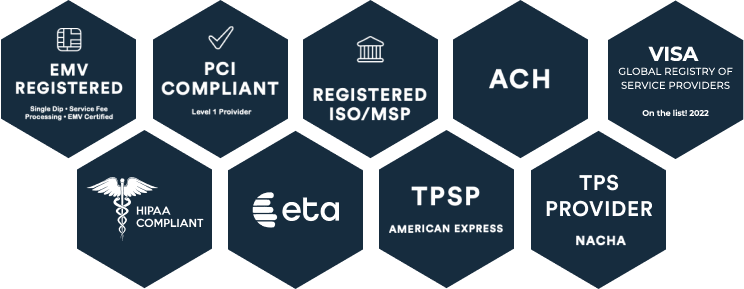Trusting technology to handle customer payments may be challenging. If you run a business that offers a service or product, the question of self-service checkout has probably come up before. This article will explore the pros and cons of a self-service checkout.
What Are the Benefits of Self-Service Checkouts?
Self-service payment options provide value to your customers. 47% of customers use self-checkout regularly when it’s available. It’s a lot more popular than you may think, which is something to consider along with the benefits of self-service checkouts:
- Efficiency: Self-checkout tends to be faster when using an in-store and online. Efficient checkout processes also contribute significantly to the customer experience. If the checkout process takes too long or becomes a hassle, customers are less likely to visit your business as often.
- Flexibility: Online payment systems are open 24/7, allowing customers to make payments at their convenience. These systems are great for the healthcare, higher education, and government industries. Not everyone has time during typical business hours, so flexibility is crucial.
- Resource management: Self-service payments allow for better use of staff. If your business takes a lot of payments over the phone, adding a self-service option will give your team more time to focus on other tasks and get more work done.
What Are the Disadvantages of Self-Service Checkouts?
Now that you know the advantages of self-service checkouts, it’s time to discuss the downside. Disadvantages of self-service checkouts include:
- Theft: Stealing tends to happen a little more often in stores via the self-service checkout option. Supervisors and security cameras help reduce this threat. An analytics platform can also help identify any theft issues promptly.
- Upfront costs: An upfront capital investment may be required to transition to self-service checkouts. Although that investment will eventually reduce labor costs, it has a more immediate upfront impact.
- Impersonal environment: Some businesses are known for excellent customer interaction and experience, which a more independent checkout process can negatively impact.
- Potential technological difficulties: Technology can malfunction. Whether it’s user errors, connectivity issues, or other tech problems—there’s always a possibility of technical issues. Not everyone is tech-friendly, and customers can easily be frustrated by figuring out a new checkout process by themselves.
What to Consider When Deciding
Beyond the pros and cons of self-service checkouts, you also have to examine what is a good fit for your business particularly. Consider your customers’ demographics. It’s shown that 59% of customers aged 18-34 use self-service checkouts, but that’s much lower for customers 55-65. Consider the different self-service payment solutions to determine which one best fits your needs.
Make Payment Solutions Easy with CORE
Ready to make the switch and add a self-service payment option for your customers? CORE strives to modernize payment solutions and offers many different options to fit your business needs. Get started and contact us today to inquire about how CORE can transform your payment transactions!



